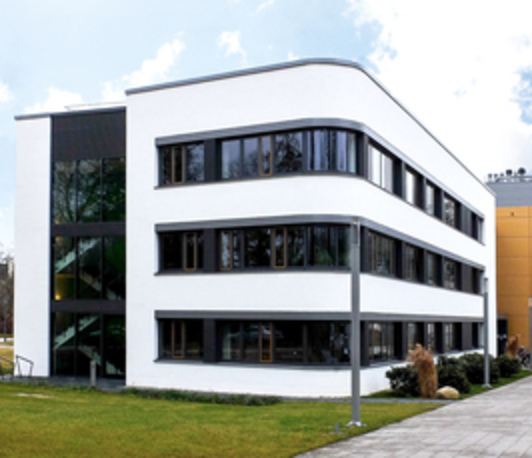Elucidation and Control of Advanced Photofunctions based on Excited States in Molecular Materials
- PC Department Seminar
- Date: Jul 1, 2024
- Time: 11:00 AM (Local Time Germany)
- Speaker: Kiyoshi Miyata
- Kyushu University, Japan
- Location: Building G
- Room: 2.06
- Host: Sebastian Mährlein

Microscopic understanding of exciton physics in molecular materials for optoelectronics is a great challenge because of their complexity resulting from strong electron-phonon coupling and perhaps interaction to spin degree of freedom, electron spin-flip of intersystem crossing in molecular optoelectronic materials are strongly connected to molecular geometries in the excited states and vibronic coupling, and singlet fission, ultrafast generation of a correlated triplet pair state from a singlet excited state, is viewed as an extreme example of a concerted process of electron-phonon-spin degrees of freedom. To understand the complex exciton dynamics, direct observation of exciton dynamics using ultrafast spectroscopy is a key. Here, I would like to discuss a few topics mainly focusing on triplet excited state based photofunctions: Reverse intersystem crossing (RISC), room temperature phosphorescence (RTP), triplet-triplet energy transfer (TTET), and singlet fission (SF). Using ultrafast spectroscopy such as transient absorption, time-resolved emission spectroscopy, time-resolved infrared spectroscopy, we revealed microscopic mechanisms of the photofunctions from molecular point of view, which allows us to control the functionality.
[1] (a) M. Saigo, K. Miyata*, C. Adachi, K. Onda*, et al., J. Phys. Chem. Lett. 10, 2475-2480 (2019). (b) Y. Shimoda, K. Miyata*, C. Adachi, K. Onda*, et al., J. Chem. Phys. 153, 204702 (2020). (c) R. Koninti, K. Miyata*, M. Saigo, K. Onda*, et al. J. Phys. Chem. C 153, 204702 (2021). (d) T. Ryu, K. Miyata, K. Onda*, et al. Chem. Phys. Lett. 153, 204702 (2021).
[2] (a) K. Miyata, Y. Kurashige, K. Watanabe, T. Sugimoto, S. Takahashi, S. Tanaka, J. Takeya, T. Yanai, Y. Matsumoto*, Nature Chem. 9, 983-989 (2017). (b) K. Miyata, F. S. Conrad-Burton, F. L. Geyer, X.-Y. Zhu*, Chem. Rev. 119, 4261-4292 (2019). (c) Y. Kawashima, Y. Kobori, G. Watanabe*, K. Miyata*, N. Yanai*, et al. Nature Commun. 153, 204702 (2023). (d) A. Yamauchi, Y. Kobori*, K. Miyata*, Nobuhiro Yanai* et al. Science. Advances. 10, eadi3147 (2024).
[3] Y. Tani*, K. Miyata*, et al. ChemRxiv, DOI: 10.26434/chemrxiv-2023-h17m5 (2023).
[4] (a) S. Miyazaki, K. Miyata*, K. Onda, et al. J. Phys. Chem. A 153, 204702 (2020). (b) S. Miyazaki, K. Miyata*, K. Onda*, et al. Chem. Sci. 153, 204702 (2023).